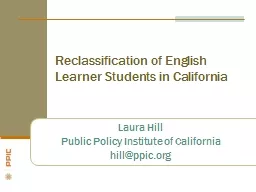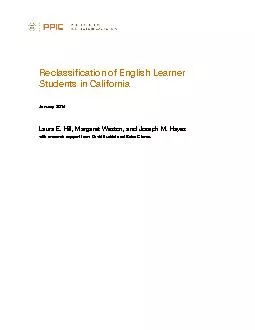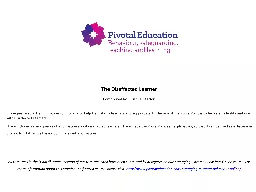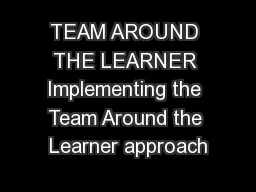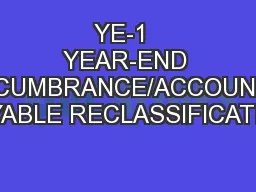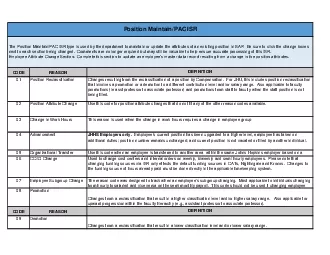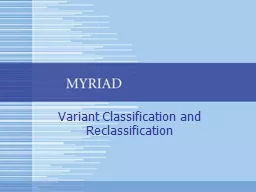PPT-Reclassification of English Learner Students in California
Author : ellena-manuel | Published Date : 2016-06-29
Laura Hill Public Policy Institute of California hillppicorg Todays discussion Motivation Data and Methods Research Questions How do reclassified RFEP students fare
Presentation Embed Code
Download Presentation
Download Presentation The PPT/PDF document "Reclassification of English Learner Stud..." is the property of its rightful owner. Permission is granted to download and print the materials on this website for personal, non-commercial use only, and to display it on your personal computer provided you do not modify the materials and that you retain all copyright notices contained in the materials. By downloading content from our website, you accept the terms of this agreement.
Reclassification of English Learner Students in California: Transcript
Download Rules Of Document
"Reclassification of English Learner Students in California"The content belongs to its owner. You may download and print it for personal use, without modification, and keep all copyright notices. By downloading, you agree to these terms.
Related Documents

